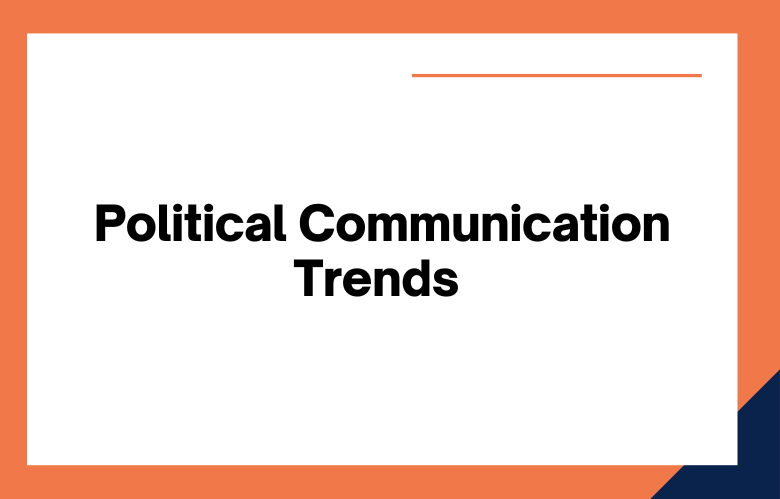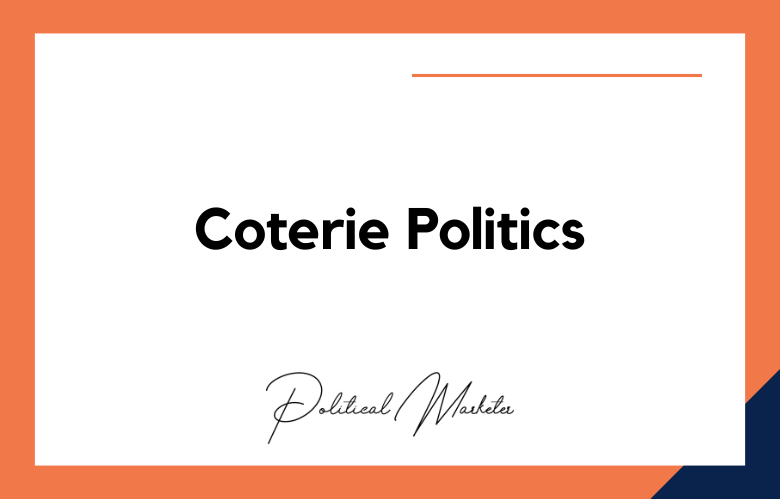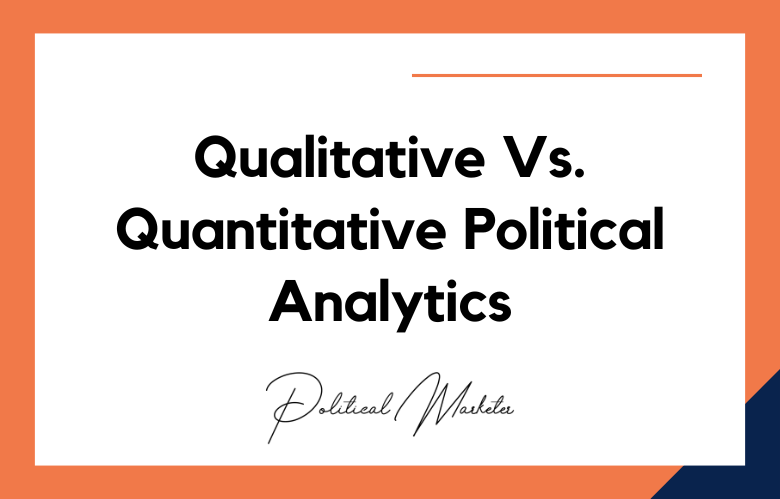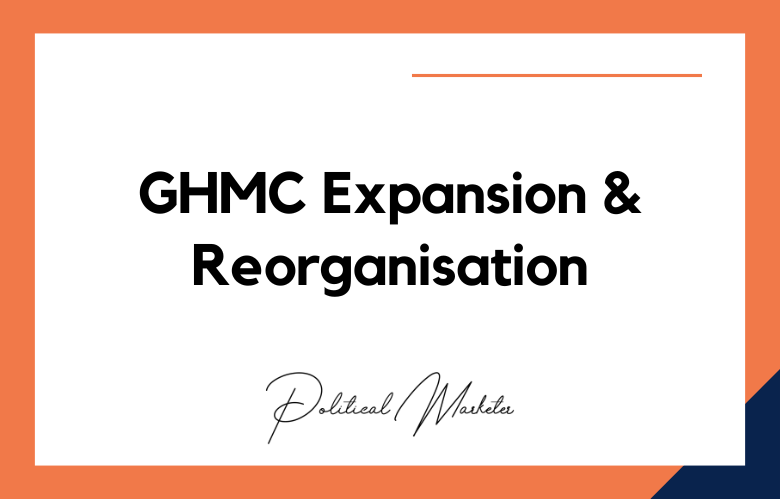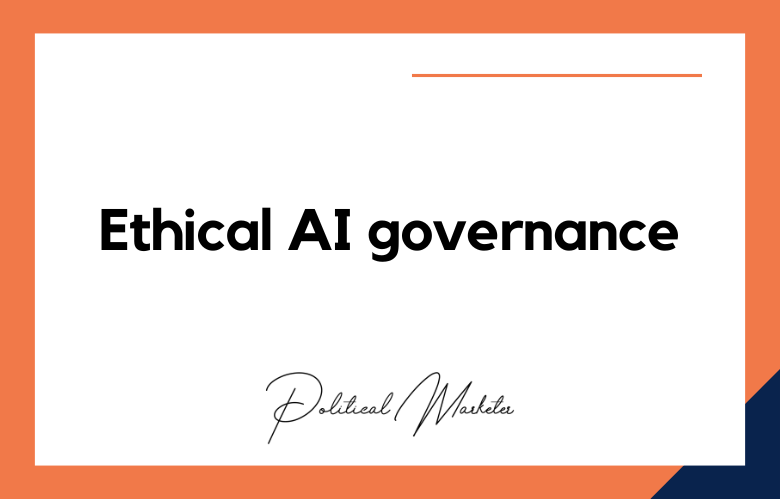In a world of constant change, it’s no wonder political communication is constantly evolving. We’ll look at some significant trends in political communication that show no signs of slowing down.
Whether it’s the use of social media to get your message out there, or the growing importance of engagement with voters, these trends shape how politics is done today and will continue to do so into the future. So read on to learn more about what’s happening in political communication right now!
In the past, political campaigns were all about face-to-face interactions. Candidates would go door to door, shake hands, and give speeches. However, in today’s digital age, more and more campaigning is done online. Political communication is evolving, and some trends are here to stay.
Politics is always a hot topic, and with the recent presidential election and its aftermath, communication between politicians and the public has been more critical than ever.
We’ll look at some political communication trends that are here to stay. Whether a politician or an interested citizen, it’s worth paying attention to these trends!
What is Political Communication?
Political communication involves the exchange of ideas and information between individuals and groups in the public arena. It is a process that helps shape the beliefs and opinions of citizens and influences the decisions made by elected officials.
Political communication is vital to the functioning of democracy. It allows citizens to share their views with their elected representatives and hold them accountable for their actions. It assists in informing the public about the issues that matter to them and engaging them in the political process.
It is the process by which ideas and messages can exchange between individuals or groups in a political context. It can take many forms, including written, spoken, and nonverbal communication. Political communication is essential because it helps people to understand the views and positions of others and to make informed decisions about the issues that affect their lives.
It is the process of sharing information and ideas among individuals with a common interest in politics. Political communication includes campaigning, debating, and discussing political issues. It is a way for people to voice their opinions and influence the decisions made by their government.
Politicians rely on effective communication to deliver their message and connect with voters. But what exactly is political communication? Political communication can define how politicians and the media interact to shape public opinion.
It encompasses everything from televised speeches and news conferences to social media posts and campaign ads. In a democracy, political communication is essential for ensuring citizens are informed about the issues and can make informed decisions at the polls.
It is the process of exchanging political messages between the sender and receiver. In other words, it studies how people communicate about political issues.
It is through various means, such as face-to-face conversation, speeches, debating, writing, or even nonverbal communication. Effective political communication typically involves understanding the needs and wants of the audience and then tailoring the message to fit those needs.
Political Communication Trends
Political campaigns must discover ways to use interactive technology to encourage public participation.
Political communication dominates by a new breed of liberal/left-wing journalists who will provide even-handed coverage while heaping scorn on conservative politicians and their points of view.
Political candidates will have more choices in political communication technology. Wireless technology will allow them to send messages to voters thousands of miles away. Computer animation and virtual reality will allow them to create compelling and realistic campaign ads.
Political campaigns will increasingly use social networking tools and resources.
Candidates, parties, and interest groups will leverage and integrate multiple data sources to gain real-time information. They will work with a diverse universe of information providers, including producers of political details and pollsters, to gain in-depth knowledge.
Political communication will be more interactive and incorporate the Internet, the Web, and other digital communication methods. Technology will continue to change the face of the candidate, campaigning, and governing, and new technology will continue to advance politics.
Politicians will utilize a new breed of media – social and participatory media – to interact with constituents. Politicians must rely on the new rules and codes of political communication and media to run successful campaigns.
Political communication trends will define by audience empowerment. Audiences will be able to get inside the minds of candidates and leaders and engage them more personally than ever before.
Politicians, campaigns, and citizens can communicate and interact with their constituents virtually via their favorite social media outlets. With the chance to get in front of their members, campaigns will not just pepper their constituents with messages; they’ll learn what their constituents want and other ways to connect.
Politicians and political groups will use digital technology to create a more personalized or individualized campaign experience for their constituents. Information can tailor to meet the needs of specific voters.
Communication between elected officials and the public will be transparent. Everything will be documented, including on-camera legislative sessions and discussions, through videos of hearings, debates, and meetings.
Political campaigns will wage on the Internet. Political campaigns will model after commercial marketing strategies focusing on visuals. And political communication will be primarily through cyberspace, which will become the new public space for political action.
The speech will enhance with visual elements and the ability to communicate more effectively, persuasively, and dynamically than the written word.
Political communication will rely on the same technologies and forms of communication its audience uses. Citizens will have access to media on demand, and political candidates will focus their campaigns on a grassroots level.
Candidates and political parties will be able to use computer-generated avatars and text-to-speech vocal rendering to appear to stand in front of crowds. They may be able to use digital images of themselves from a past speech, splice that into an everyday address, or upload a video of President Obama saying something and quickly paste it into a video of Candidate X.
The ability to use CG images of themselves and their competitors also makes it easier to communicate with voters because all of the technology will be relatively inexpensive.
Voters, candidates, and government representatives will use the Internet to conduct electronic surveys and polls, listen to audio and video files of speeches and press conferences, and enjoy interactive public seminars.
Conclusion
Though the political communication trends in this blog post may change in some ways, we believe they will continue to be famous and essential for many years.
Contact us if you need help navigating these waters or want your organization to stay ahead of the curve.
We have experts who can guide you through this complex and ever-changing landscape and develop a strategy that will make your organization shine. What trend do you think will have the most significant impact on politics in the future?
Political Communication Trends That are Here to Stay Forever: FAQs
What Are Political Communication Trends in the Digital Era?
They include the rise of real-time engagement, influencer partnerships, AI-generated content, microtargeting, and data-driven messaging across platforms.
How Has Social Media Changed Political Communication?
Social media enables direct interaction with voters, faster message dissemination, and personalized narratives that bypass traditional media filters.
What Is the Role of AI in Political Messaging?
AI helps in analyzing voter sentiment, automating content creation, optimizing delivery times, and refining messages based on audience response.
Why Is Personalization Important in Modern Campaigns?
Personalized communication builds trust, increases voter attention, and improves conversion rates by addressing specific concerns of different demographics.
What Is Microtargeting in Political Campaigns?
Microtargeting uses data analytics to identify specific voter segments and craft tailored messages based on their interests, beliefs, and behavior.
How Do Political Campaigns Use Storytelling Techniques?
Campaigns use emotional storytelling to humanize candidates, connect with voter values, and create memorable narratives that influence decision-making.
What Are the Risks of Misinformation in Digital Political Communication?
Misinformation can mislead voters, polarize opinions, damage reputations, and disrupt democratic processes if not promptly addressed.
How Has Video Content Influenced Voter Behavior?
Short-form videos on platforms like Instagram Reels, YouTube Shorts, and TikTok have become powerful tools for political messaging, especially among youth.
What Role Do Political Memes Play in Communication?
Memes simplify complex issues, amplify political satire, and drive virality, making them a key element in shaping public opinion and online discourse.
How Do Real-Time Response Strategies Work in Political Campaigns?
They involve monitoring public sentiment, rapidly addressing controversies, and adapting messaging in real time to maintain narrative control.
Why Are Influencers Important in Political Communication?
Influencers help expand reach, add credibility, and engage specific voter communities that traditional channels may not effectively reach.
What Are Conversational Campaigns in Politics?
These campaigns use chatbots, DMs, and interactive polls to create two-way communication and gather insights from voters directly.
How Is Data Analytics Shaping Political Communication?
Data helps in segmenting audiences, predicting voter behavior, and measuring the impact of messages to refine communication strategies.
What Is the Impact of Regional Content in Political Campaigns?
Local language content increases relatability, builds emotional connection, and boosts engagement in culturally diverse regions.
How Does Emotional Intelligence Improve Political Messaging?
It allows campaigns to craft empathetic and context-aware messages that resonate on a deeper psychological level with voters.
What Is the Significance of Platform-Specific Communication Strategies?
Each platform has unique user behavior, content formats, and engagement styles, requiring customized strategies for maximum effectiveness.
How Are Political Campaigns Using Podcasts and Long-Form Audio?
Podcasts provide deeper context, storytelling, and thought leadership, appealing to voters who seek substantive and authentic content.
What Is Predictive Messaging in Political Communication?
Predictive messaging anticipates voter needs and reactions based on data, allowing campaigns to proactively shape perceptions.
How Do Political Campaigns Manage Negative Narratives Online?
By deploying rapid rebuttal teams, influencer collaborations, counter-narratives, and transparency to neutralize misinformation or criticism.
What Trends Will Shape the Future of Political Communication?
Emerging trends include AI-generated avatars, immersive AR and VR town halls, real-time audience polling, and emotionally adaptive messaging.
One way to get in touch is by filling out our online form on this site or give us a call at
+91 9848321284. Let’s work together today!

